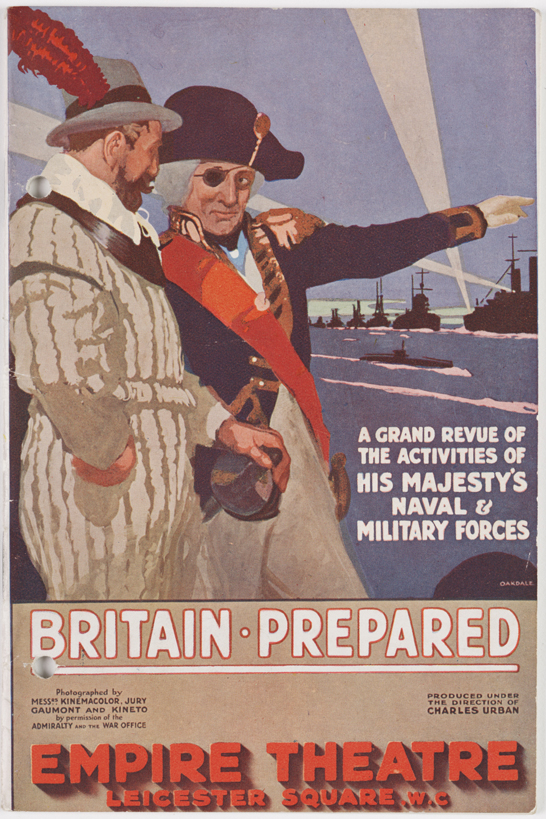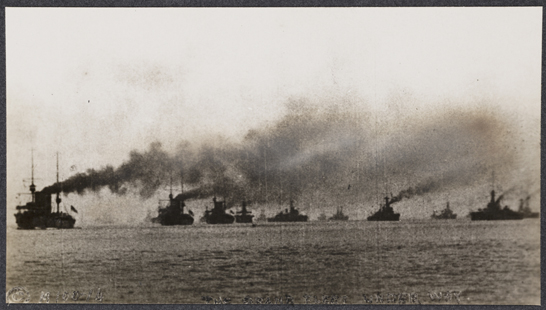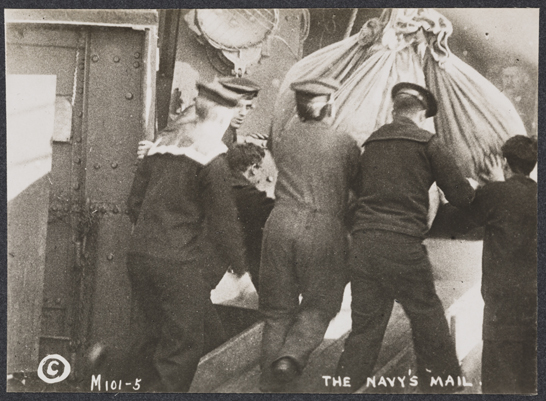Entrepreneur Charles Urban is one of the most important figures in the early history of cinema. He was a pioneer of documentary, educational and scientific films, and during the First World War, Urban was involved with British propaganda film-making, which began with Britain Prepared in 1915.

British propagandists were slow to exploit the medium of film, and at the start of the war cameras were banned from the front. In 1915, the British Topical Committee for War Films was formed to lobby on behalf of the film industry, with Charles Urban as its chairman.
Toward the end of 1915, the War Office were persuaded to send the first two official cameramen to the Western Front, meanwhile, Urban had approached Charles Masterman, who headed the propaganda agency at Wellington House.
A Cinema Committee was formed, producing and distributing films to allied and neutral countries. Britain Prepared was the first of these films; it used military footage to promote ideas of British strength and determination in the war effort.
[Britain Prepared is] unusual, if not unique, in the history of propaganda films. It is absolutely honest. It sets out to show a nation preparing for war… and it does so with an artless pride that is quite disarming. Nowhere is there an attempt to falsify a situation, or to suggest that the British are somehow superior to any other form of life.
—Kevin Brownlow, The War, the West and the Wilderness, 1979
Britain was impressed, and the American Charles Urban was sent to try and get British propaganda films onto US screens. You can find out more about Urban’s role in British film propaganda on charlesurban.com.
In 1937, Urban donated his extensive archive to the Science Museum, and it is now cared for as part of our collection. Among the ephemera, printed materials and albums is this series of photographs documenting Britain Prepared.


















Britain Prepared was released in monochrome, although the scenes of the British fleet at Scapa Flow were filmed in Kinemacolor (invented by George Albert Smith; launched by the Charles Urban Trading Company). To experience these scenes in colour, audiences were able to buy a series of Photochrom postcards, some of which were created from the photographs you see here.
One comment on “Charles Urban and Britain’s first war propaganda film”